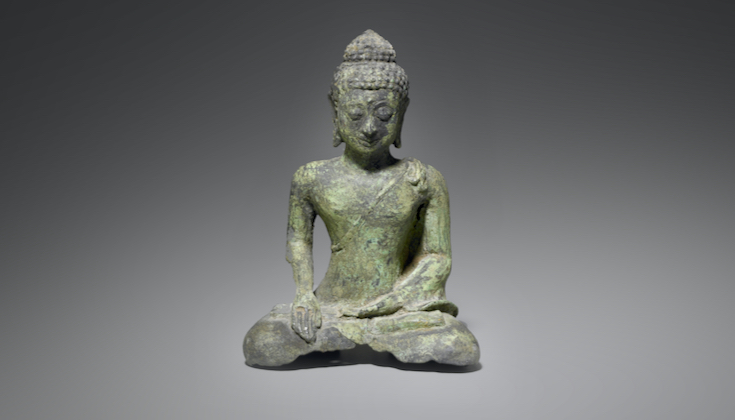In this translated teaching, the late meditation master Mahasi Sayadaw
presents his step-by-step instructions for the practice of insight meditation.
presents his step-by-step instructions for the practice of insight meditation.

Seated Buddha. Courtesy of the Yale University Art Gallery
Mahasi Sayadaw was one of the most learned and respected Burmese Buddhist monks of the last century, and his practice, writings, and teachings have had immense influence on Western practitioners of insight meditation.
For seven months in 1945, during the daily bombardment of the neighboring town of Shwebo, Mahasi Sayadaw wrote his great work, the Manual of Insight Meditation. In Theravada Buddhism, vipassana, or insight meditation, involves the ever-deepening intuitive understanding of the three universal characteristics of all experience: impermanence (anicca), unsatisfactoriness (dukkha), and an impersonal, evanescent quality (anatta). In his Manual of Insight Meditation, Mahasi Sayadaw expounds in detail the doctrinal and practical aspects of the development of insight meditation.

